
The power overconsumption of CIoT (Cellular IoT) devices deployed on a large-scale network because of non-optimal configurations can quickly drain their battery and compromise their working life, especially when they are non-accessible and deployed in remote areas. This problem remains critical even for accessible and remote devices because of the high costs for their on-site maintenance, e.g., their battery recharge or replacement.
Benefits of Optimal Energy Efficiency of CIoT Devies
The non-optimal energy efficiency of CIoT devices can slow down deployment, negatively impact the user experience, increase the number of customer complaints and merchandise returns among over-budget remote or on-the-field maintenance operations, and severely impact the manufacturer’s credibility. In this success pack, we focus on the energy efficiency side of CIoT technologies and how one can optimize the power consumption of LTE-M and NB-IoT devices in the lab using the Pico5G before envisioning any on-the-field deployment. This allows you to:
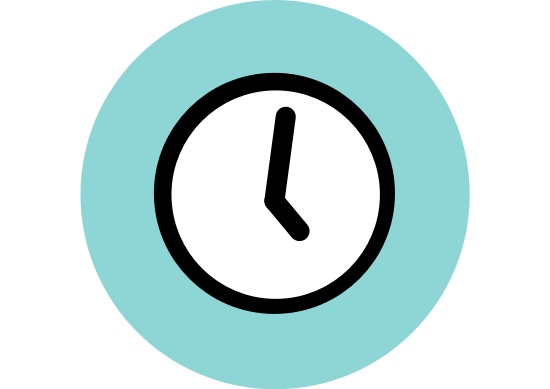
Maintain development time.

Provide positive user experiences.

Limit customer complaints or merchandise returns.

Maintain a positive reputation.
Consequences of CIoT Devices’ Power Overconsumption
Put simply, CIoT devices should not run out of battery once deployed in the field, as the consequences for manufacturers can be detrimental.
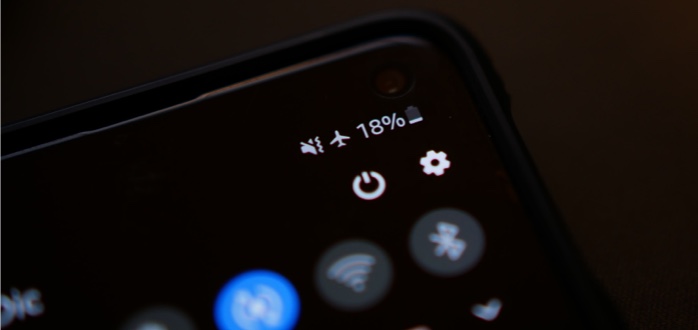
No more battery, no more communication.
During maintenance, many problems can be resolved remotely via firmware updates. However, if the device in the field runs out of battery, communication is interrupted, and no more updates can be performed. In this case, the only solution is to send a technician to recharge or replace the battery, which is pricey.

Cost to dispatch a technician on the field.
Sending a technician to the field to replace a battery often corresponds to the cost of the IoT device (between $100 and $2000) or, at the very least, the manufacturer’s profit. Therefore, dispatching a technician to the field to replace faulty batteries is, most of the time, not a viable solution for manufacturers.

Tarnished credibility and reputation.
If a battery is specified to last three years but only lasts three months, the manufacturer’s credibility is impacted, as well as its reputation on the market. The battery life of CIoT devices is already a concern for end users. They already anticipate problems at this level. They will question manufacturers about their battery life. Therefore, manufacturers have no choice but to show their credentials to gain the confidence of their future clients.

Performance impacted by environmental factors.
Battery performance is highly dependent on environmental factors, such as temperature and humidity. Consequently, the power consumption of CIoT devices may vary and be accentuated once deployed in the field, depending on their surrounding environment.
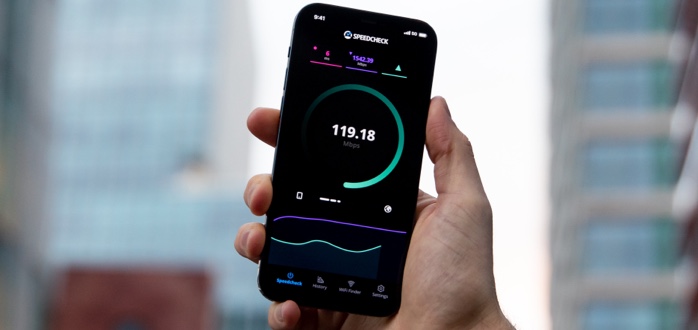
Cellular Network Variability.
The network on which a CIoT device operates also impacts battery performance. Battery life tested on one network may differ when the device is used on a different network. The reason is that many power-saving features are supported directly by the network. These networks are not uniform from country to country or when supplied by different operators. The power-saving features are configurable, and configuration settings vary from network to network.

Position of CIoT devices relative to cellular towers.
Where the CIoT device is installed in the field relative to the position of the cellular tower also impacts its battery consumption. Is it positioned at the cell coverage border? Depending on whether the IoT device has to “speak loudly” to be heard from the cell tower, so to speak, its power consumption, and therefore, its battery life, will be affected.
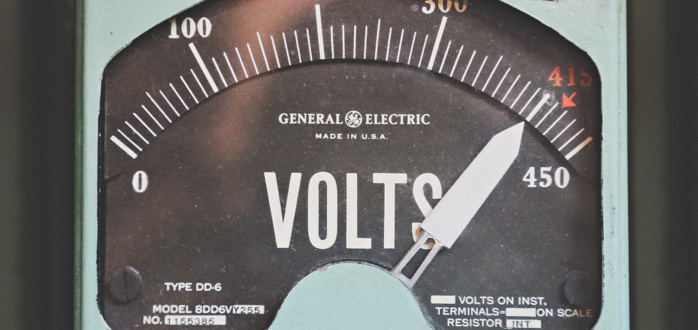
The pitfall of monitoring average voltage.
During tests, the engineers who design the electronic circuit monitor the average voltage. The issue is that, when the device is deployed away from the tower, the average voltage can be excellent because the device is not transmitting data continuously. However, when it suddenly must transmit data, it will require more current. It is under these circumstances that a battery wears out prematurely. Accentuated by exposure to cold weather, the battery may have difficulty providing the peak current that the CIoT device needs at that time to transmit data.
As a result, the CIoT device will turn off and on unpredictably while trying to transmit data. Devices on the edge of cell coverage, exposed to cold weather and whose battery is already worn out, will be the ones to fail first.
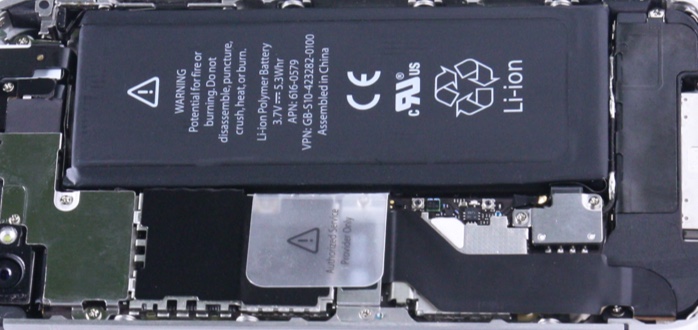
Premature battery wear.
It is not always easy to detect when a battery is wearing out prematurely. Most manufacturers will monitor the average voltage, and they might see that some devices lose connection or reset, but won’t know why. When these phenomena occur, it’s a sign of poor power consumption that must be optimized to improve the battery life.
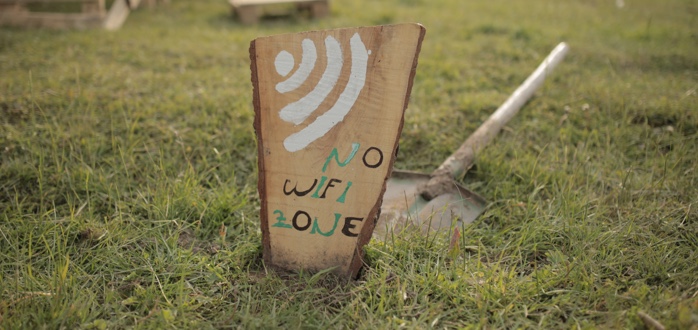
Non-control of networks during development.
Teams developing CIoT devices have access to cellular networks where they stand, but they have no control over them. So when testing, engineers cannot simulate being far from the cell tower or on the edge of cell coverage. Nevertheless, it is essential to test how their devices will perform in the worst-case scenarios.
To do this, development teams need to be able to control 1) wireless signal strength to simulate that they are away from the tower or on the edge of cell coverage and 2) power-saving settings supported by local network operators.
Monitoring these parameters is essential to know the power consumption profile of the device in different scenarios, such as, on the edge of cell coverage, in freezing temperatures, with a worn battery, or on networks that support (or do not) some power-saving settings. Consequently, they will establish a specification for the battery life in which they will be confident.
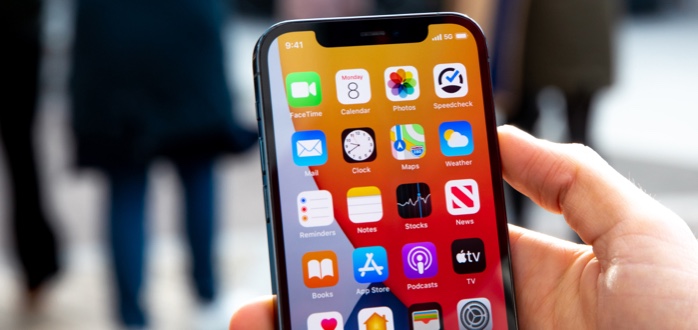
Evolution of cellular networks.
Based on new standards, cellular networks evolve over the years, impacting the IoT devices previously developed and deployed in the field. To ensure they continue to meet their specifications, manufacturers must be able to recreate in the lab the conditions observed in the field following network updates. To do so, their lab test procedures must evolve according to the network cellular standards–if not faster than the operator’s network in the field. This way, whenever operators update the network, the devices will already be tested in the lab.
Cellular IoT standards are determined by 3GPP (Third Generation Partnership Project). Thus, if manufacturers want to stay on top of their game, they should update their test benches with each new 3GPP release and test their CIoT devices according to these new releases. This way, when networks are updated in the field, manufacturers have already identified which CIoT devices must be updated.
Key Features to Increase the Device’s Battery Life
Discover the device features that allow it to connect to a network on an as-needed basis while remaining inactive or in sleep mode for minutes, hours, and even days, thus increasing the device’s battery life. The PicoLTE allows testing those features on your device, optimizing your device’s power consumption and battery life.
- Discontinuous Reception (DRX) – Release 12
- Extended Discontinuous Reception (eDRX) – Release 13
- Power Saving Mode (PSM) – Release 12
- Early Data Transmission (MO-EDT) – Release 15 Mobile
- Originated Early Data Transmission (MO-EDT) – Release 15
- Reduced System Acquisition Time – Release 15
- Relaxed Monitoring for Cell Reselection – Release 15
- Wake-Up Signal (WUS) / UE-Group Wake-Up Signal (GWUS) – Release 15 & 16
- Battery Efficiency Security for low Throughput (BEST) – Release 15
 Skip to content
Skip to content